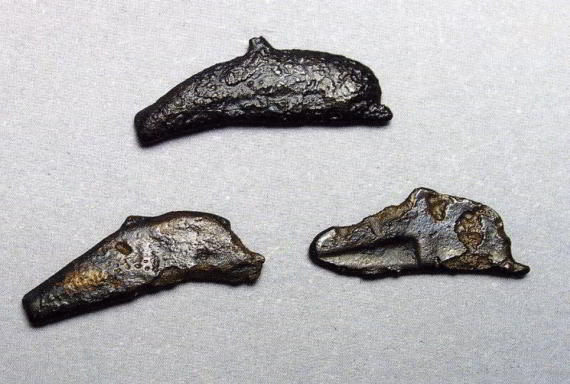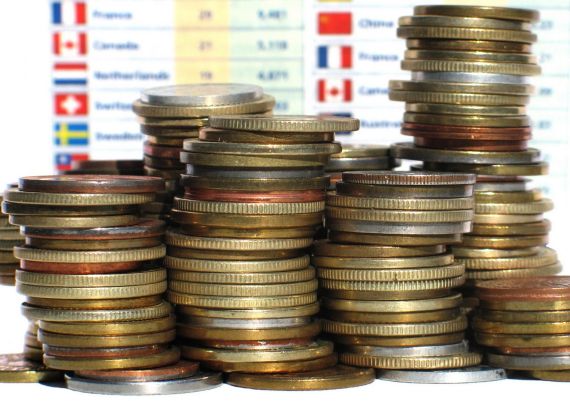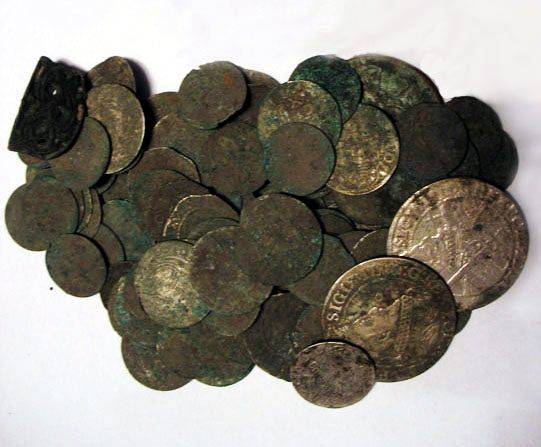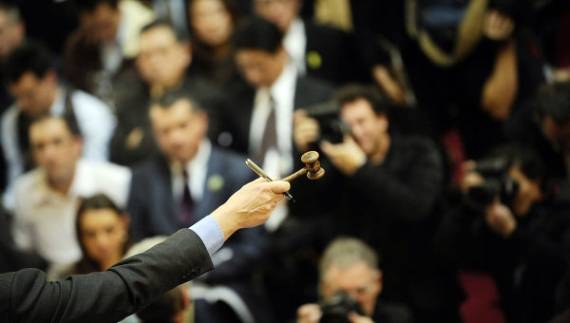least some reason
Monetary reform of 1654
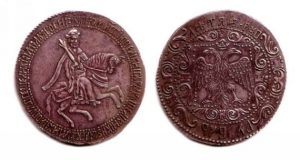 In the 17th century, the epoch in monetary business ended, when absolutely any individual, which was usually a privileged and secular society, could bring material for making coins. The state finally and irreversibly took control of the mints, and supplied raw materials exclusively from its treasury. In this regard, the coins began to lose their stability, and their value gradually began to fall.
In the 17th century, the epoch in monetary business ended, when absolutely any individual, which was usually a privileged and secular society, could bring material for making coins. The state finally and irreversibly took control of the mints, and supplied raw materials exclusively from its treasury. In this regard, the coins began to lose their stability, and their value gradually began to fall.
This instability of money played into the hands of counterfeiters. They could easily start minting coins, almost without fear that they would be severely punished for it. Continue reading
Numismatic collection storage
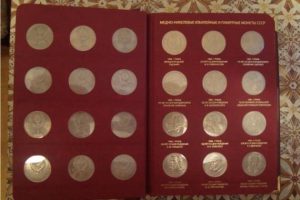 The first problem that a numismatist faces when storing her collection is protection against thieves, because, as a rule, the collection itself is more valuable than each of its individual exhibits. It is not always safe to keep it at home, however, many people do just that, installing hidden and heavy safes. It is much easier to insure the collection against theft and deposit it in a specialized service for the storage of valuable things, which are currently very diverse.
The first problem that a numismatist faces when storing her collection is protection against thieves, because, as a rule, the collection itself is more valuable than each of its individual exhibits. It is not always safe to keep it at home, however, many people do just that, installing hidden and heavy safes. It is much easier to insure the collection against theft and deposit it in a specialized service for the storage of valuable things, which are currently very diverse.
The second question that concerns the coin collector is how to store it: in what conditions. Continue reading
The largest mints of the USSR
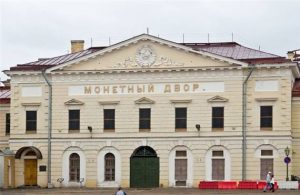 With the emergence of the Soviet Union, or rather, with its unification of individual republics, a new problem emerged, which was where exactly it was necessary to mint coins, make memorable signs, and so on. However, soon a solution was found, and it was that the production of insignia, as well as metal money, would be distributed between the country’s largest mint yards – the St. Petersburg Mint, the Moscow Mint and the Kiev Mint.
With the emergence of the Soviet Union, or rather, with its unification of individual republics, a new problem emerged, which was where exactly it was necessary to mint coins, make memorable signs, and so on. However, soon a solution was found, and it was that the production of insignia, as well as metal money, would be distributed between the country’s largest mint yards – the St. Petersburg Mint, the Moscow Mint and the Kiev Mint.
St. Petersburg Mint was one of the largest mints, not only in the Soviet Union, but throughout the world. Not only coins were minted here, but also insignia, orders, badges, medals and so on were made. Continue reading
